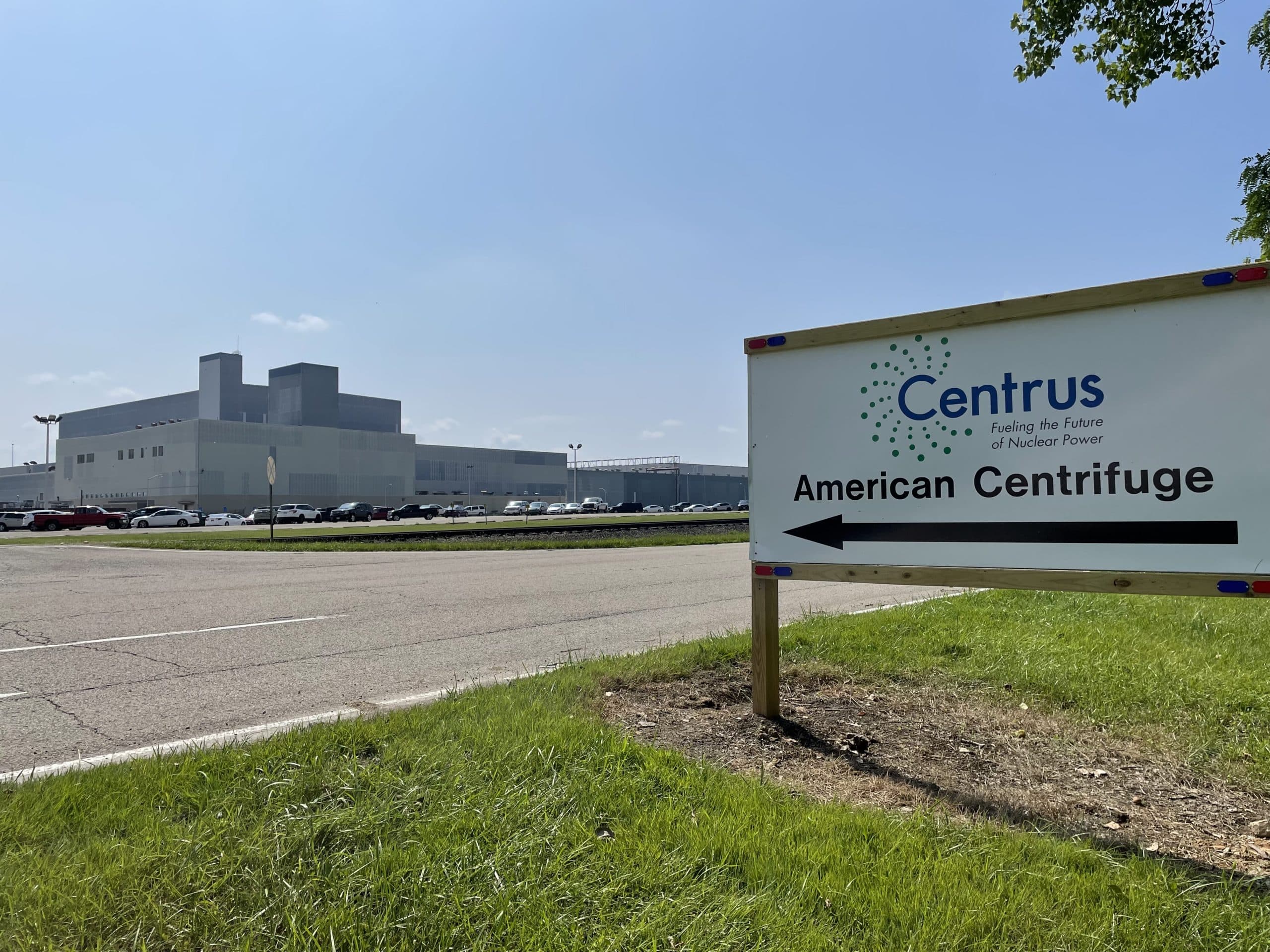Residents of Piketon, Ohio have long suspected that the area’s sky-high cancer rate stems from the nearby Portsmouth Gaseous Diffusion Plant (PORTS), which served as a uranium enrichment facility for nuclear bombs throughout the Cold War.
Recent reporting from Local 12 WKRC-TV anchor Duane Pohlman sheds light on why the area’s cancer epidemic—more than 500 cases per 100,000, or about 10 percent above state average, according to the Ohio Cancer Atlas—has persisted decades after PORTS stopped helping Uncle Sam build nukes.
Pohlman revealed in May that the PORTS may have been the recipient of polluted uranium from Russia in the 1990s due to a Bill Clinton-era program called “Swords to Ploughshares,” which entailed the United States converting Soviet Union nuclear warheads to uranium that could be used to power U.S. nuclear reactors. Pohlman’s reporting suggests that some of that material was laced with plutonium.
The Department of Energy (DOE) has denied the allegations in Pohlman’s articles.
“The shipments were of low-enriched uranium, not plutonium,” the DOE said in response to Pohlman’s reporting. “There is no evidence over the 20 years of safely implementing the program to substantiate the claim that plutonium of any amount that would be significant for public health and safety was part of these shipments.”
However, Pohlman has obtained and published two key government records that support his case.
The first record is a transcript from a 1994 Nuclear Regulatory Commission (NRC) meeting, where an industry executive admitted that some of the Russian material was indeed laced with plutonium. That material had not yet been shipped to PORTS, according to the transcript, and the executive promised that the United States would only receive untainted material.
“The initial testing is that there are excess supplies of plutonium and also U-234, U-236, as well,” the executive said, according to NRC meeting transcript. “We are engaged in discussions with the Russian Federation to meet those specifications. Our belief now is that those specifications will be met, and so by the time that we take possession of this, that those issues of plutonium and other isotopes will be resolved.”
The executive indeed told the NRC in 1996 that all the Russian uranium met regulatory requirements and was safe for processing at PORTS, according to another meeting transcript from that year. However, Pohlman obtained a second key record that casts doubt on the executive’s claim: a 1999 Government Accountability Office (GAO) report stating that about one-third of the uranium shipped from Russia between 1995-98 was done so without following proper transparency guidelines.
“According to the Departments of State and Energy, there was a deliberate decision by the U.S. government that U.S. interests would be served by allowing a portion of the highly enriched uranium to be blended into low enriched uranium and to be rapidly removed from Russia while the details of the transparency measures were being worked out,” the GAO report states.
Given the damning GAO report, one must wonder how the nuclear executive was so confident in 1996—and how the DOE maintains to this day—that the uranium shipped from Russia to the United States was untainted.
Adding to Pohlman’s reporting is the fact that Dr. Michael Ketterer of Northern Arizona University purported to discover in 2019 the presence of enriched uranium and other radioactive material at Zahn’s Corner Middle School, which is about four miles northeast of PORTS. Ketterer’s report led to the school being closed and the DOE admitting to having detected radioactive americium in the air monitor near Zahn’s Corner an entire two years earlier in 2017.
If the DOE concealed the fact that radioactive material was poisoning a local school, there’s little reason to believe its pronouncements about the Russian uranium.
Activists—including Portsmouth/Piketon Residents for Environment Safety and Security (PRESS) head Vina Colley—victims, and their families are still working to get to the bottom of the matter. A class action lawsuit filed by the victims in 2019 survived a motion to dismiss and is in the discovery phase, and Congressman Tim Ryan has promised a full investigation amidst his heated Senate race with JD Vance.
However, Pike County Health Commissioner Matt Brewster told me last month that he’s still waiting on a DOE-funded test that was commissioned three years ago, after the contamination at Zahn’s was discovered. The test is meant to analyze the extent of the contamination within a six-mile radius of PORTS.
Meanwhile, hundreds of residents still live in and around the area where the contamination was discovered in 2019. Many have abandoned hope that anyone will come to their aid.
“I’ve drank the water out of the well, we’ve woken up and seen ash on our cars years ago—it’s too late to have concerns,” Kathy Myers, who lives about 200 yards north of the closed school, told me when I visited the area last month.
“The way I look at it: If it’s in the air, it ain’t just here. Who knows? I’ve been here three years at this place, and my nephew said, ‘You’re moving over there where it’s contaminated.’ I said, ‘You idiot, everywhere is contaminated.’”
































